I’ll be the first to admit that pinhole photography and I have not gotten along well in the past. It’s a bit hit or miss with me, and I don’t always associate photographic success with the gear I use. Sometimes having the right equipment will make you enjoy the format. Pinhole is one such format. My first attempts were bit misses, using a pinhole body cap adapter on my Pentax 645, and then again on various Nikon cameras. It wouldn’t be until I got my hands on a dedicated pinhole camera that I started to see results that I actually liked. So when I started to see a new 3D printed pinhole camera from Dora Goodman and the superb results my friend Jess Hobbs was getting with hers, I knew I had to get my hands on one. Because this camera also included a build, I’ve added a section dedicated to my experience building the Scura.
Camera Specifications
Make: Goodman Cameras
Model: Scura 66
Type: Pinhole
Format: Medium Format, 120 (6×6)
Lens: Fixed, Pinhole ~50mm f/168
Year of Manufacture: 2021 Discontinued: 2022
Background
The camera obscura effect has been long documented through many different ancient civilisations. The earliest known writings demonstrate the effect in China and Greece, dating to around 500BCE. The oldest naturally occurring pinhole can be found at the Virpaksha Temple in Hampi, India. In ancient and modern history, scientists and artists have used the effect to study the physics of light and help draw natural scenes. The first photographic use of pinhole can be credited to Scottish inventor David Brewster who published The Stereoscope in 1856. Brewster spoke on a camera without a lens and only a pinhole, and a few decades later, Pictorialist photographers latched onto the lensless camera. The resulting images were soft, dreamy and pointed to the same look in Impressionist paintings. However, the New Realism movement of the 1930s reduced the pinhole to a mere curiosity and for educational purposes only. Although within three decades, the photographers and artists of the 1960s were again making use of pinhole cameras, which were embraced because of the simple and almost intuitive design. 3D printing is a relatively new technology for many of us, but it was first conceptualised in the 1945 short story Things Pass By and again in Tools of the Trade in 1950. Through the 1970s and into the 1990s, the technology began to take shape with the Liquid Metal Recorder (1971) and a thermoset polymer device in 1980; what we would consider a modern 3D printer hit the scene in 1984 developed by Bill Masters. This development laid the foundations of current 3D printing, which improved in 1993 and the earliest company dedicated to the process. Until 2010, the technology began to decrease in price and be readily available to the average person. Dora Goodman opened her shop in 2016; I first discovered her work through the custom camera gear and upgrades she produced through her workshop. And some of the custom wooden cameras that came out of her workshop. Combined with 3D printing, the Dora Goodman Camera Company has started to design and produce a range of traditional and pinhole cameras that use standard optics and accessories available on the market. They have also started designing and making their own.


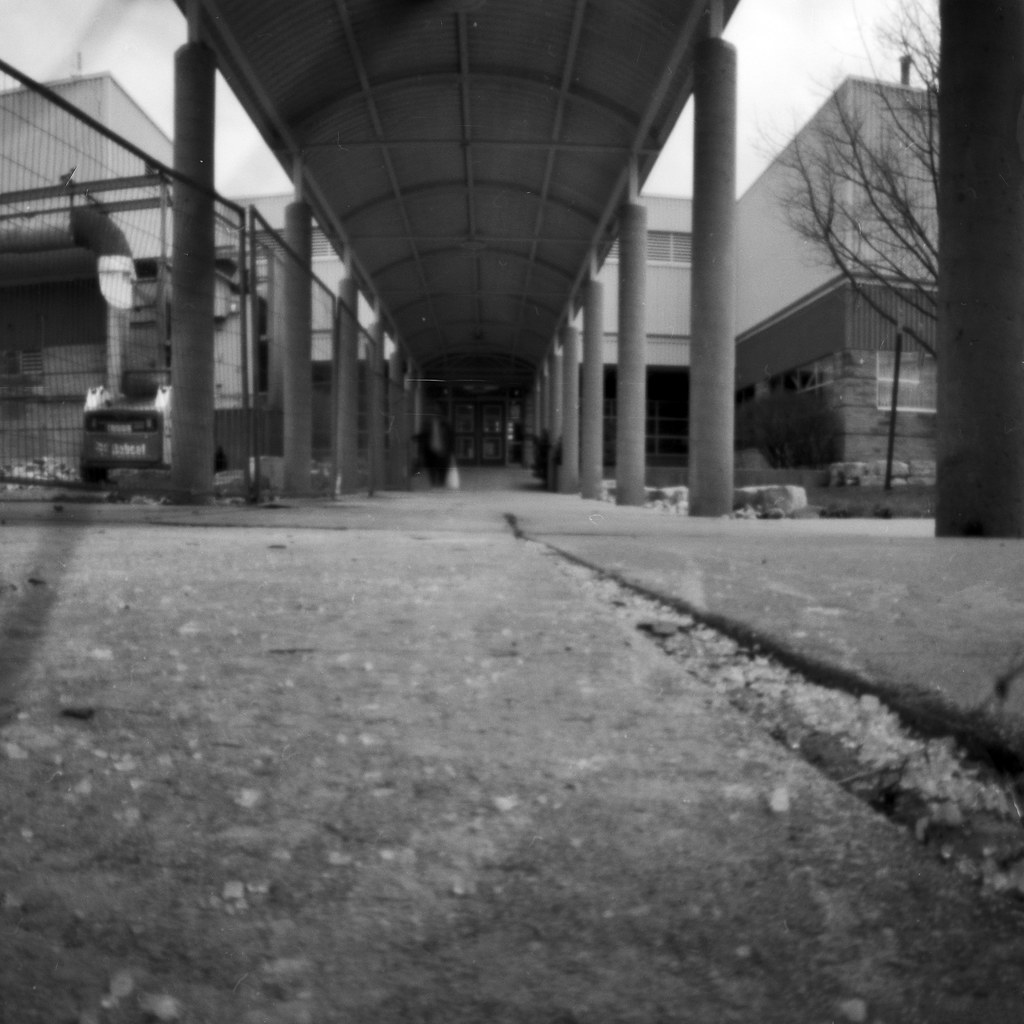
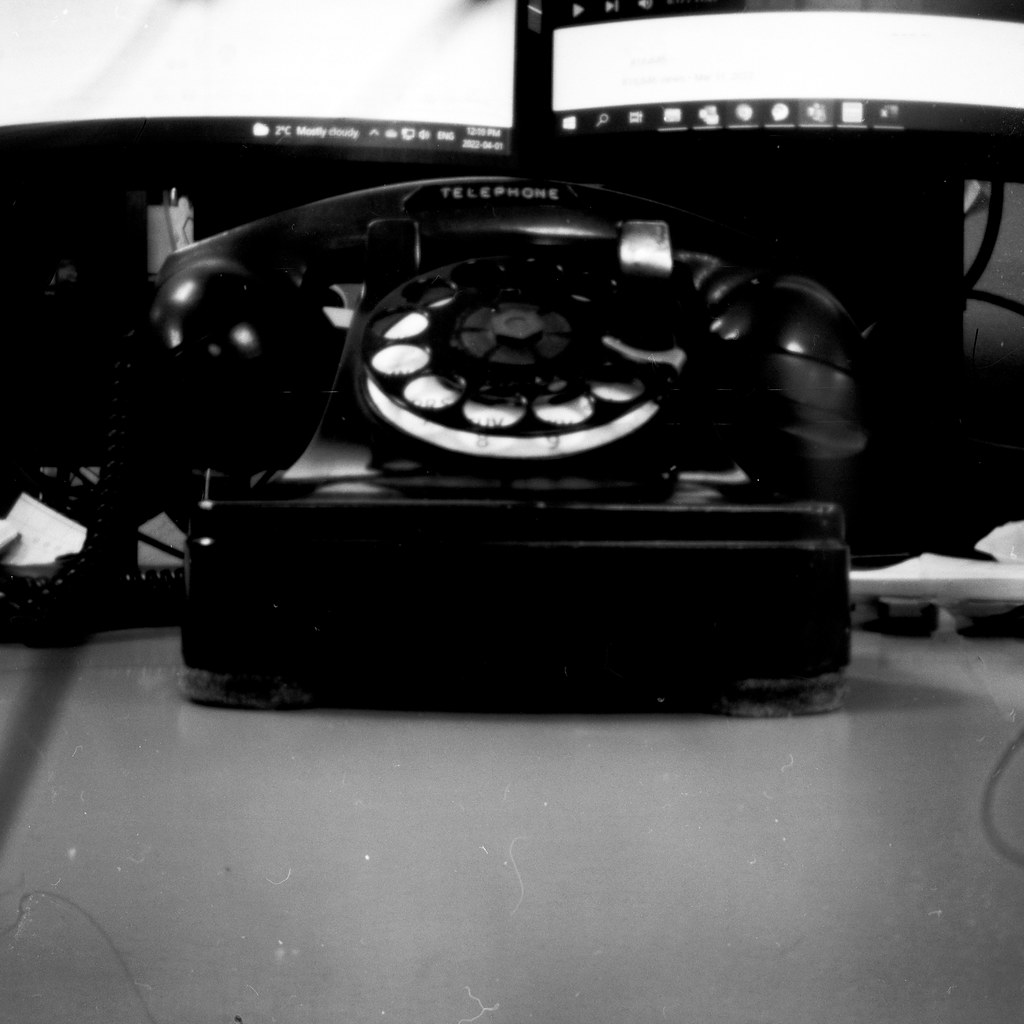
The Build
Building it from parts is one of the more exciting parts of working with the Scura 66. Although of the three options to get this camera, I picked the moderate difficulty. The most complex option is purchasing the plans and printing the camera parts, but you’ll also have to source some hardware. The easiest is, of course, to pay the money to have the camera built for you from Goodman. But I like a bit of a challenge, and I thought I’d better understand how the camera works and feel a sense of accomplishment if I put the camera together. The camera came relatively together out of the box with all the hardware and tools provided for the most part. I probably spent an hour and a half putting the camera together, but some folks have reported a two-hour build time. I constructed mine over three days, with most of the work being done on the first day, which got me to about 80%. The most challenging part was assembling the shutter, using three magnets to hold the shutter in place, and explicitly getting the polarity correct. I also had to do a significant amount of sanding to allow for smooth shutter travel; thankfully, the sandpaper is included in the box. That bit took me a couple of tries to get right. Overall, the camera is a bit finicky to build, but it will go together quickly with patience and time. If you break something, and a couple of items can break easily, you can probably have a spare part printed, but some extra pieces of the 3D printed items and hardware are included in the box. Also included are the three sizes of Allan keys you need, but I found it easier to use a precision screwdriver kit with small hex bits to assemble the camera. Another item I recommend is super glue; I used LePage Ultra Gel to secure the pinhole and faceplate. You can also use it to secure the magnets in place, but with the number of times I had to switch them around, I’m glad I didn’t; plus, it seemed a bit between the sticker, shutter and faceplate like overkill.
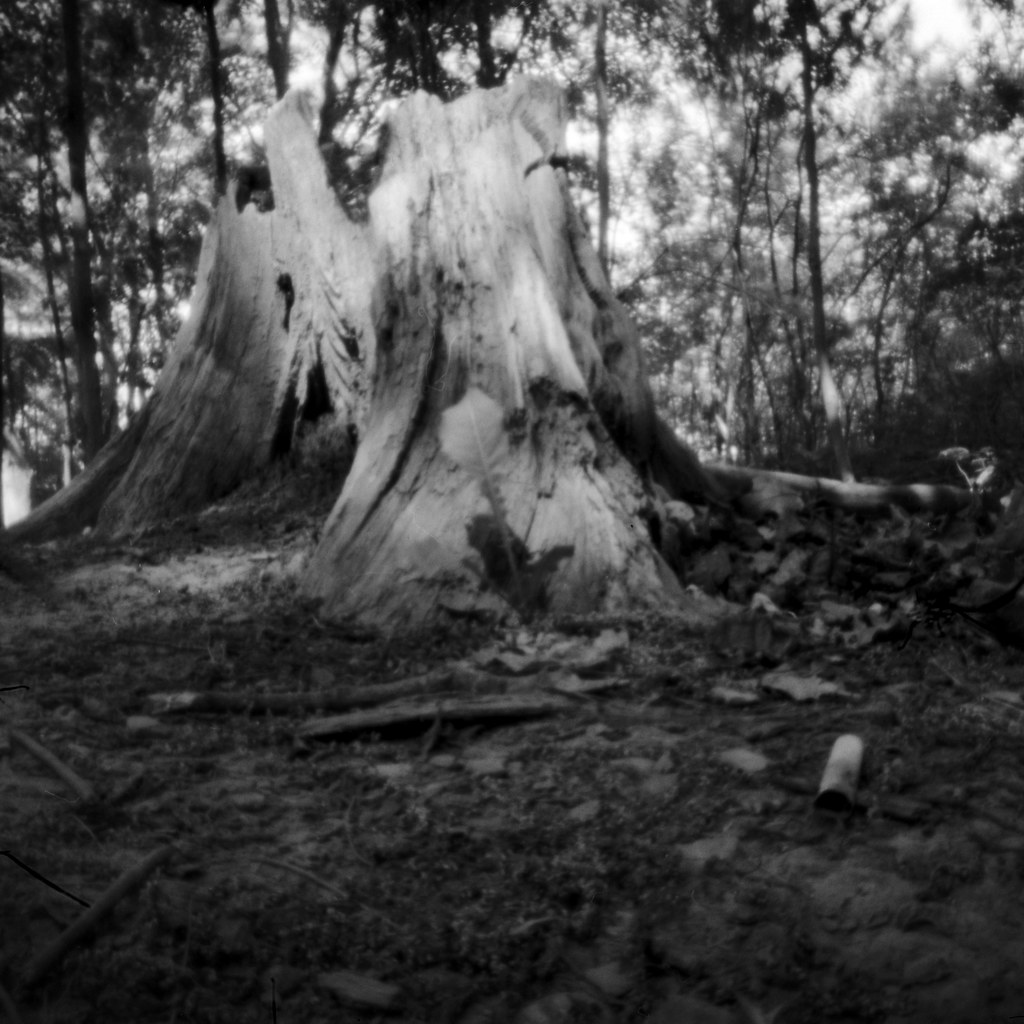
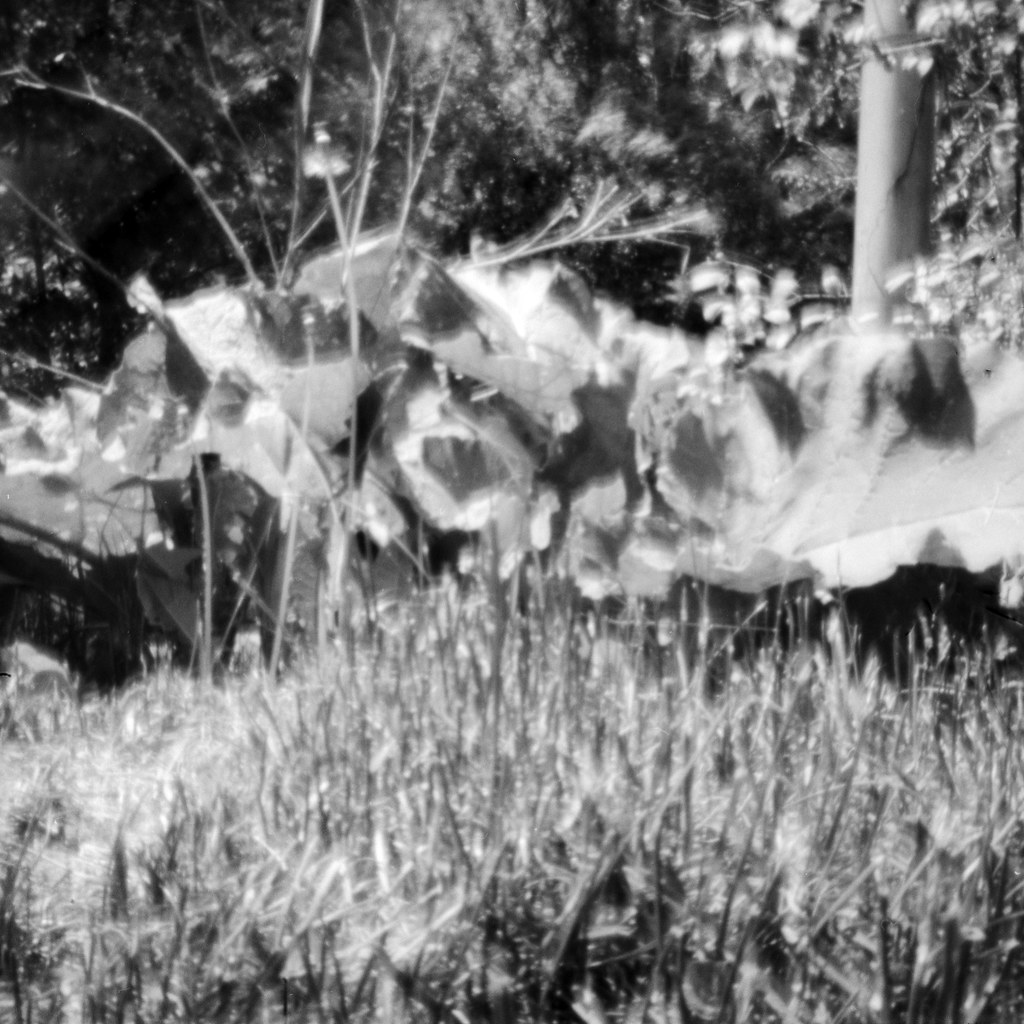

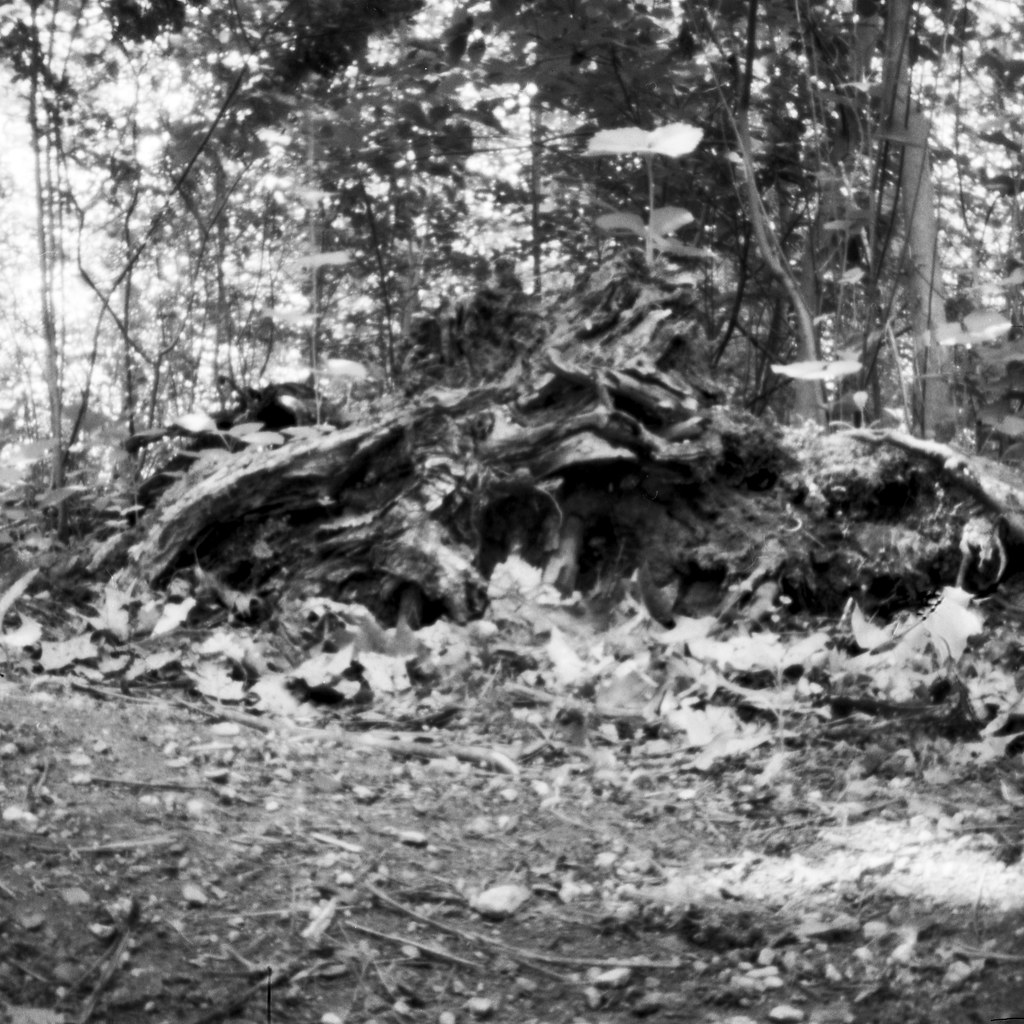
Impressions
The Scura line of cameras is what I would describe as handsome. Sleek, black and has almost an art deco meets steampunk vibe about them. You can see the 3D printing on the camera itself. However, the walls of the main body are reasonably thick, and it looks like it could take a few knocks without seriously compromising the integrity of the camera. The Scura is a box camera with a pair of knobs on the top to wind the film across and a typical red window to see the frame numbers. There are also grooves for a film box end to help block stray light and act as a memo holder to know what film you have loaded. The shutter is relatively ingenious, a simple armature held in place by neodymium magnets, two in the camera body and one in the shutter arm; you can easily slide the shutter then open and close know it will lock into those two positions. While most of the camera is 3D printed, the hardware that holds everything together is metal, like the laser-drilled pinhole and the tripod mount. While I opted for the simple black vinyl body stickers, you can purchase a wood inlay for a two-tone look. You can even design your stickers from the ones found in the box; creativity is encouraged with Goodman cameras almost a raison d’etre. The one thing that strikes me is how small the camera is for what the camera is, a medium format 6×6 pinhole; it won’t take up too much room in your camera bag and thanks to the construction material. It’s a pinhole camera that can be a daily carry, which is something I like in a camera.

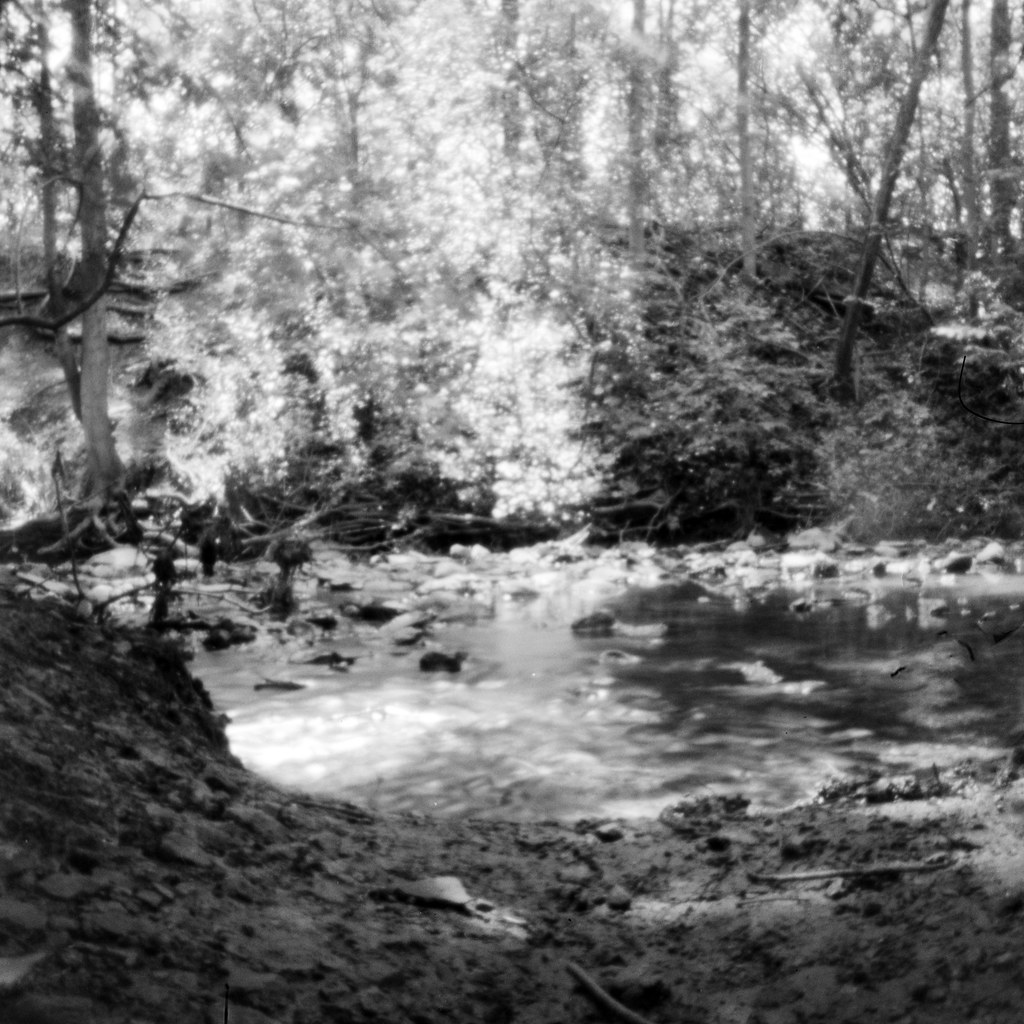
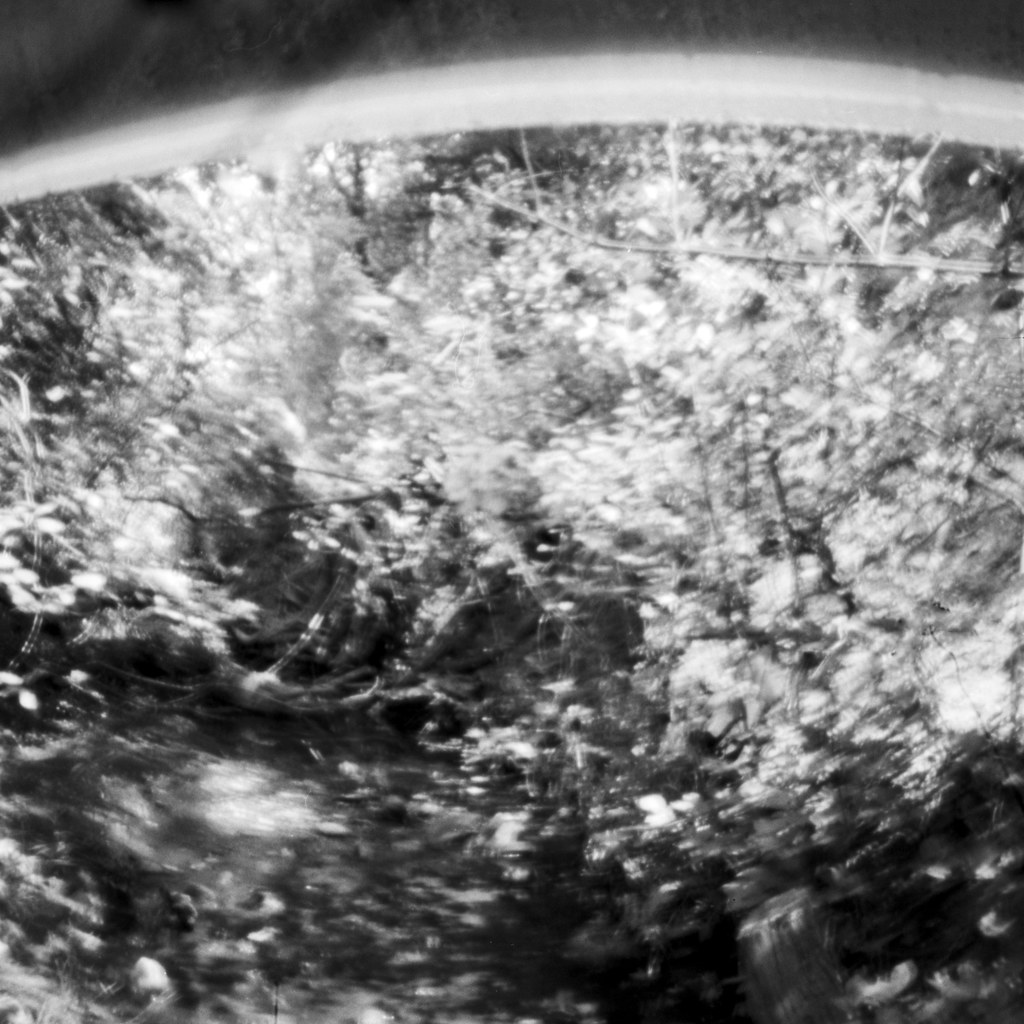
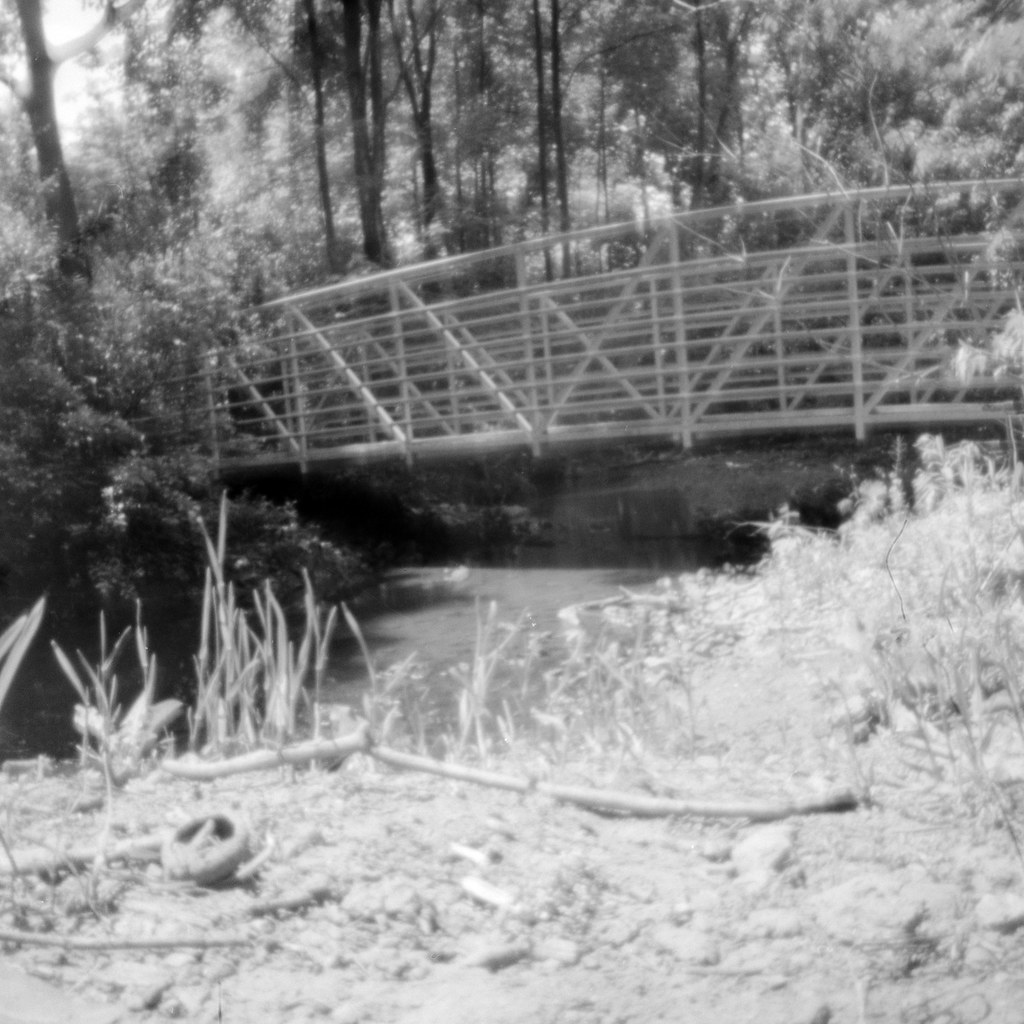
Experiences
Loading this camera is one of the more challenging parts of the whole process. The top plate is held onto the camera body through friction fit and a long screw. There is a provided Allan key in the box, so it might be best to keep one in your camera bag for field loading if you are shooting multiple rolls. It took me a bit to get things right; you need to have your film and the take-up spool out of the camera, roll the backing paper out of the camera and then thread it into the camera body around the curved film plane. It took me a bit to get this right, knowing which direction to turn the knob. I ended up drawing a directional arrow to help me in the future. As for shooting, my gut tells me to bring a tripod, but being still new to pinhole, I decided to try a few tips I learned from reading a handful of blogs on making better pinhole images. For two of the four rolls I’ve included in this review, I left the tripod at home and set the camera down on whatever surface I could find while wandering. I like the camera’s design, weight, and feel as pinhole cameras go. If you’re used to box cameras, getting used to advance the film, watching that red window, and reading the dots will be second nature. The one issue was with film transport; the further into the roll I went, the harder it was to get the film to advance, and it always seemed like the knobs were ready to fall off. Things moved much more smoothly after sanding work on the bearings and the inner fittings. I also realised that the problem also lay with the initial film choice. Fujifilm Acros 100 II has a thick base that interfered; once I switched to a thinner polyester base, Rollei RPX 100 and Retro 80s, the transports moved far easier. Probably the most admirable feature of the camera is the shutter assembly. The simple slide mechanism with the magnetic locks is ingenious. With a bit of practice, you can get reasonably accurate exposures. While I was hesitant with the power of the magnets, it doesn’t seem to lock the camera up and allows for a quick slide from open to closed. Also, ensure you hold the camera steady when opening and closing the shutter to avoid movement if you’re placing the camera on a surface and not using a tripod. You have to watch for its fat rolls; it’s best to open up the camera in the change bag and load the film onto the reels.
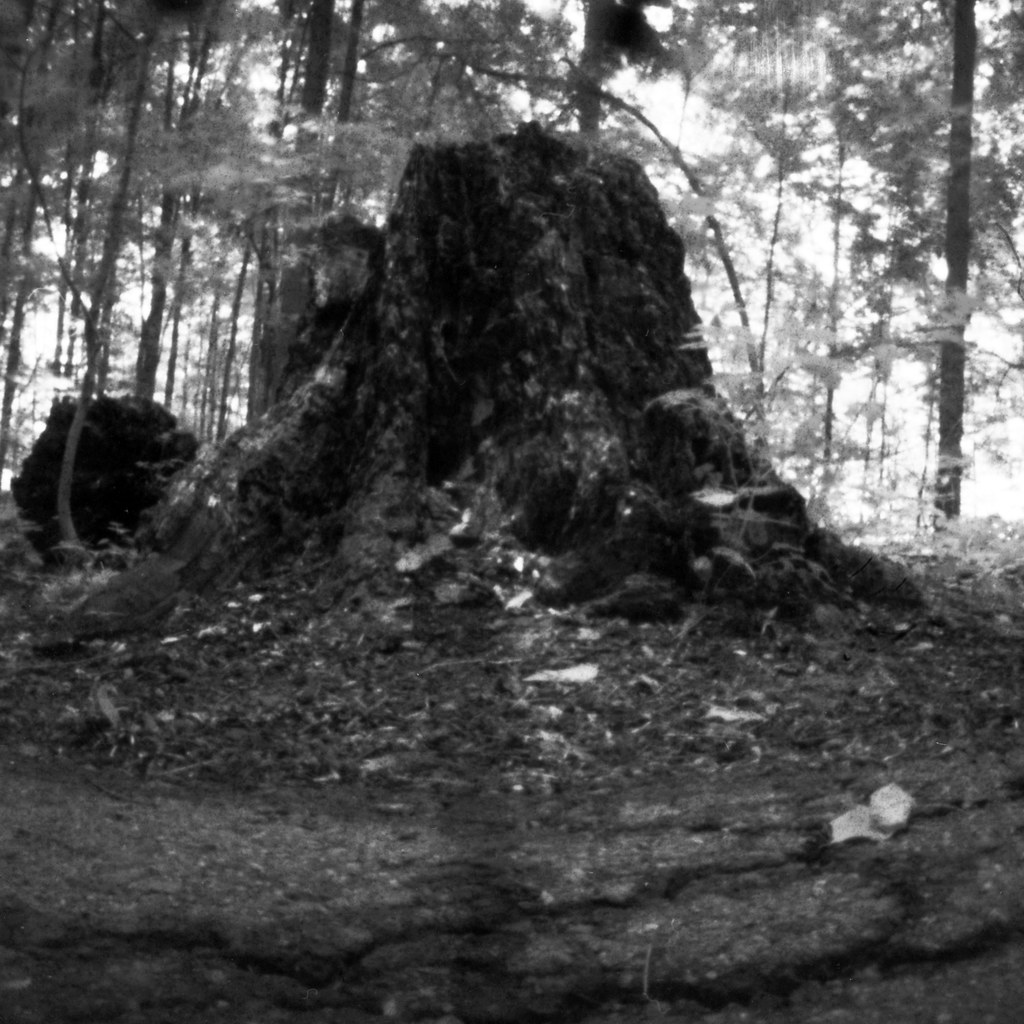
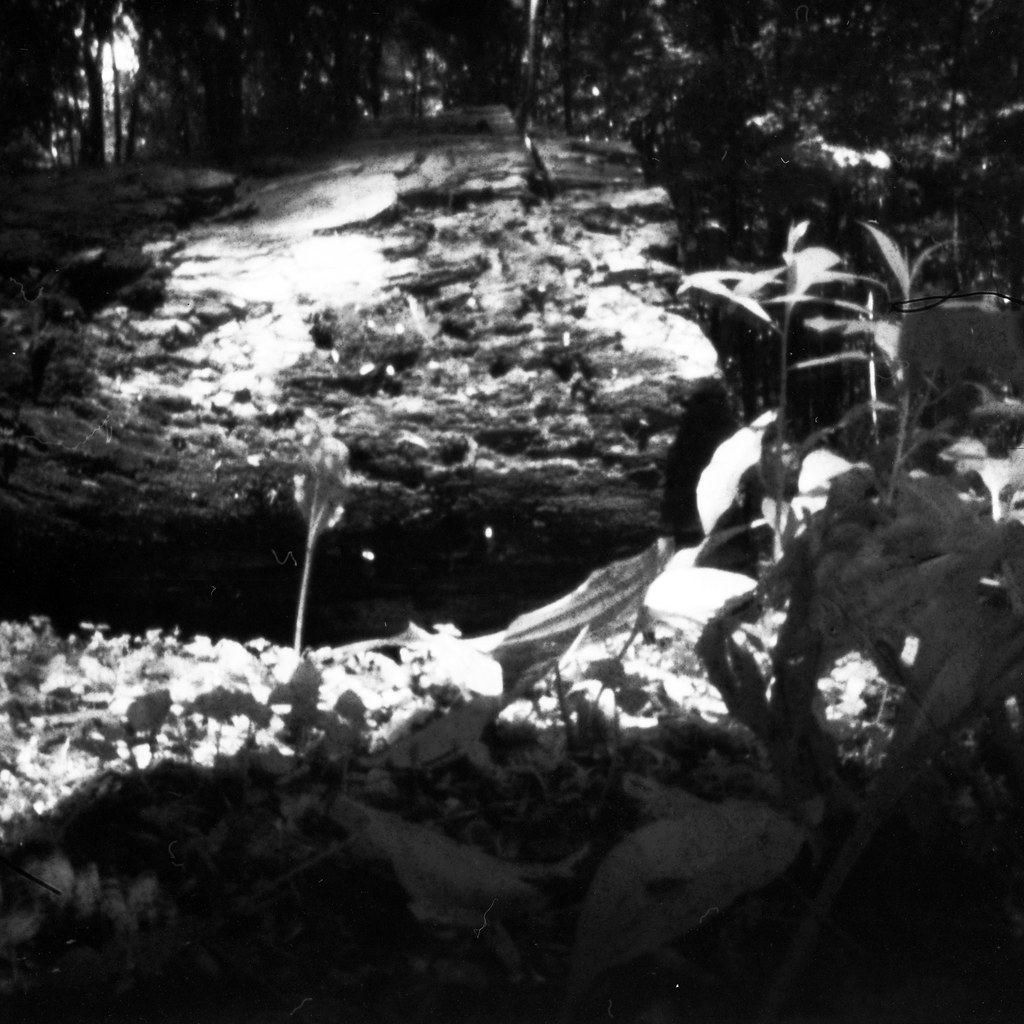
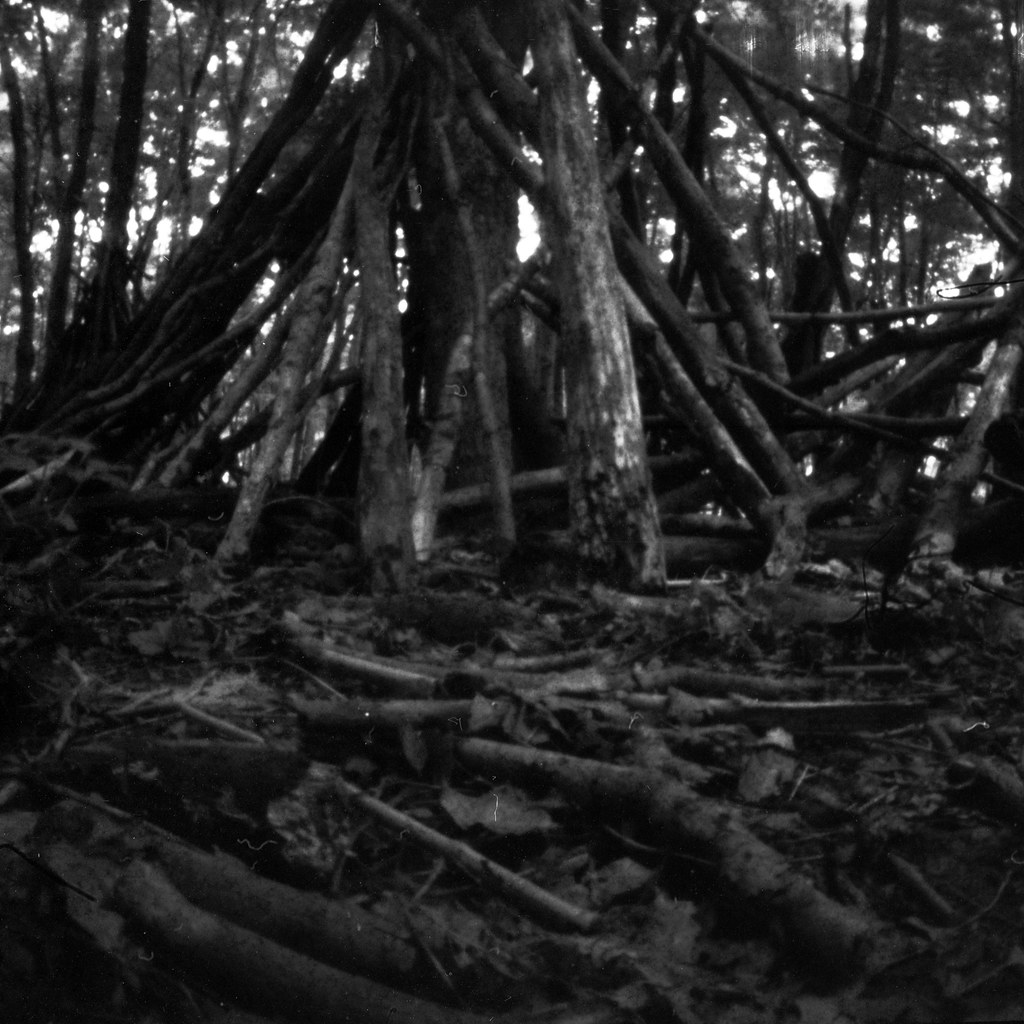
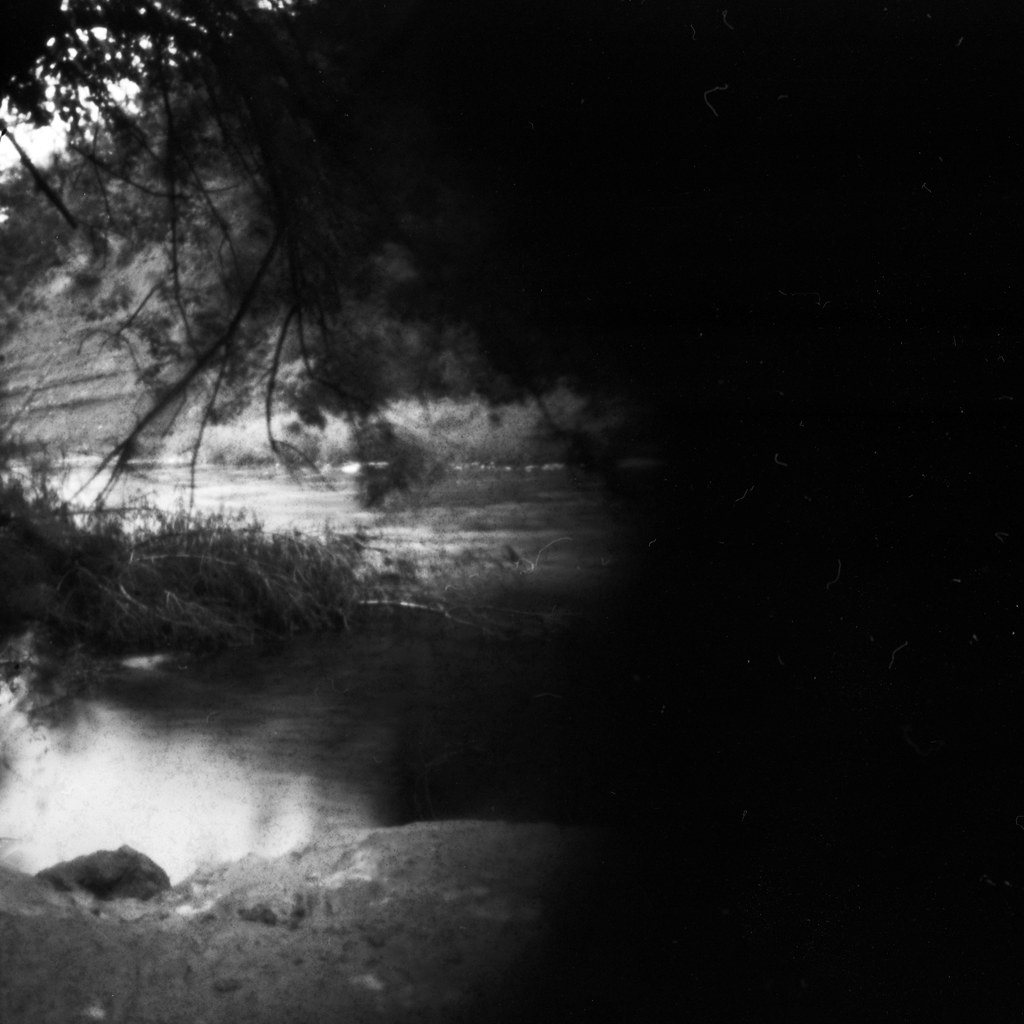
Optics
If there’s one thing I learned shooting with my Hasselblad is that 50mm is almost a perfect focal length for 6×6, wide without being too wide in the square format. And that’s saying a lot coming from me, who loves ultra-wide lenses. But square needs something a little more reserved, nothing crazy. The pinhole produces a focal length of approximately 50mm, one of the draws to the Scura and a fixed aperture of f/168, so you get plenty of depth. The images remain typical of pinhole, soft dreamy, with plenty of impressionist leanings. The one thing I found with my previous entry regarding the pinhole is that there’s a lot of distortion. The Scura has to combat that and help improve sharpness by having a curved film plane. And you know, the camera delivers; I’m rather pleased with the camera’s results. Sure, there is still plenty of distortion, especially if the subject is close, but the image flattens out once you start moving back. That 50mm focal length is perfect; you can catch the whole scene with a near-infinite field depth. You can get everything from right in front of the camera to the end of the scene in focus. You won’t find any natural sharpness here; the images have a lovely softness—an almost ethereal and dreamy look. While I’m not always a fan of the results of pinhole, I think having the combination of a wide-angle, small pinhole and that big 6×6 negative; the Scura 66 is a winner.
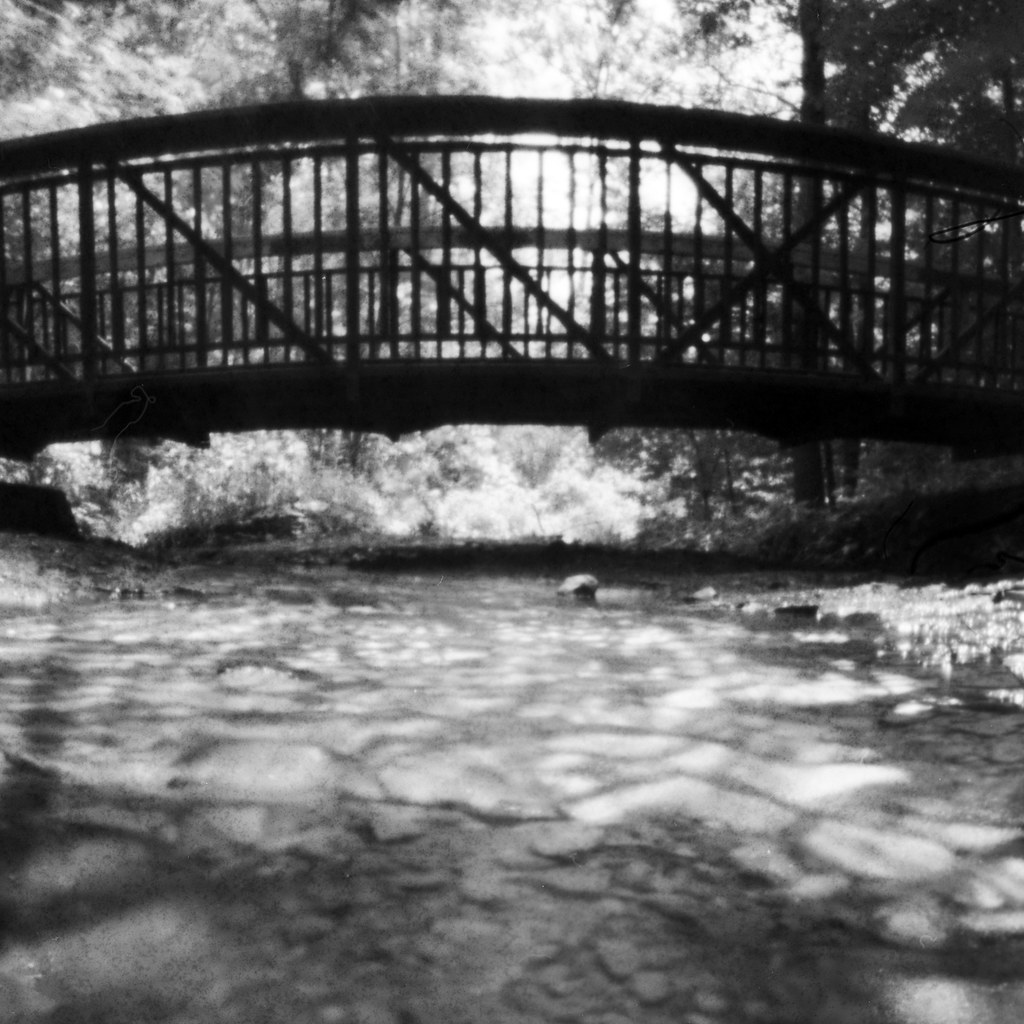
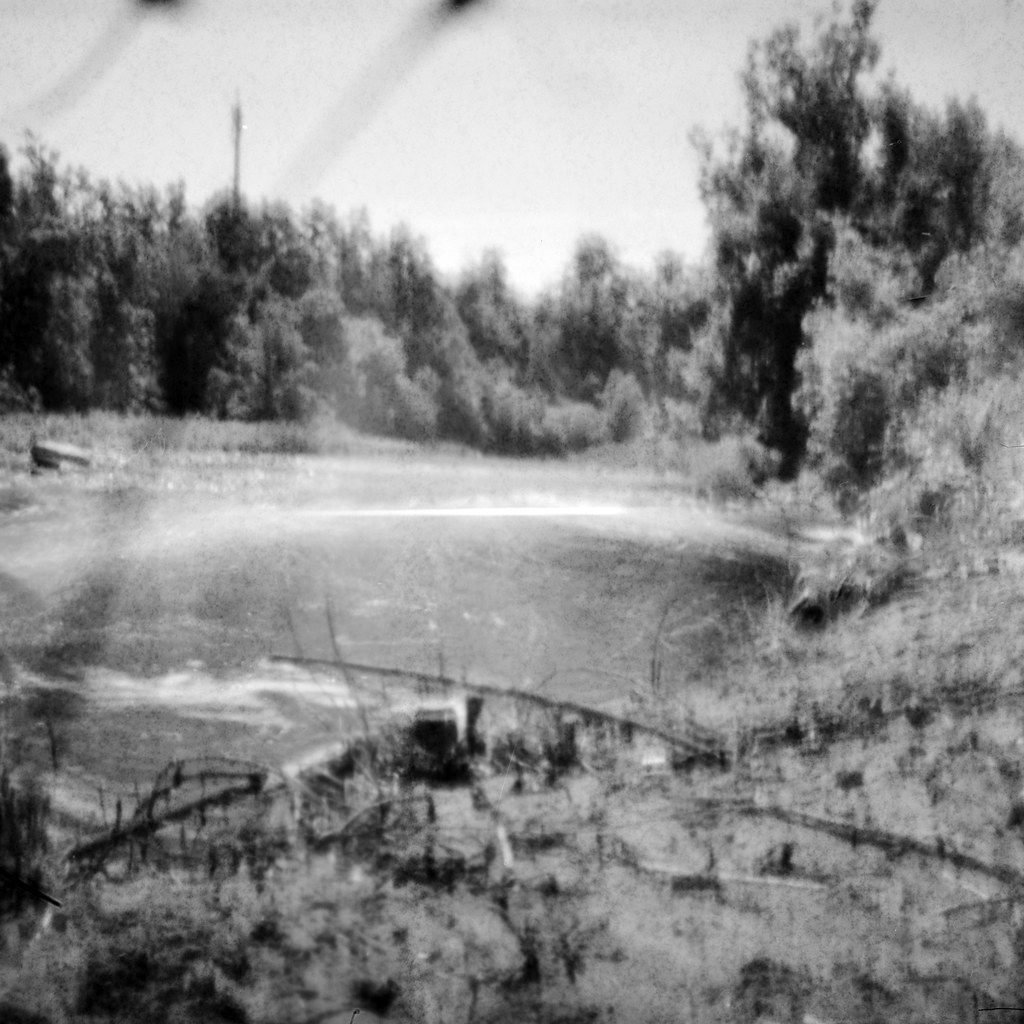
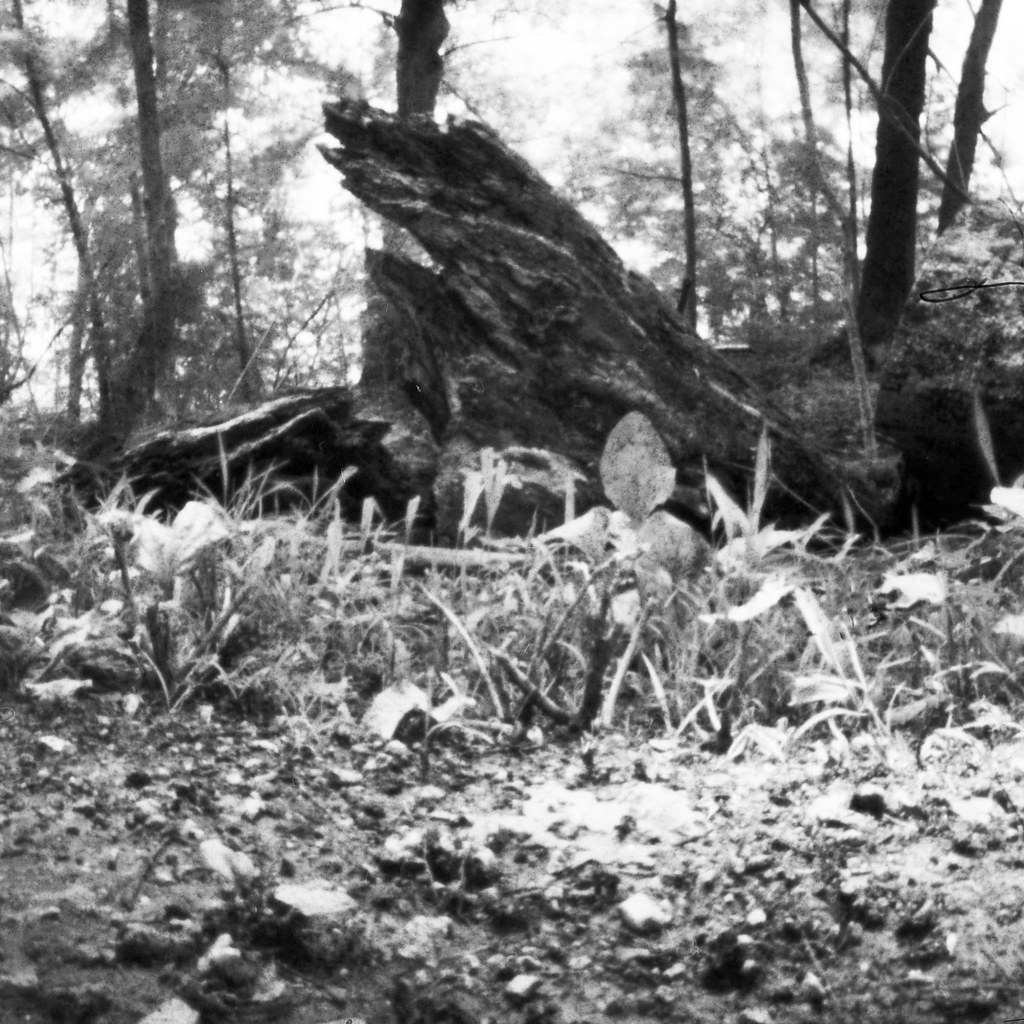
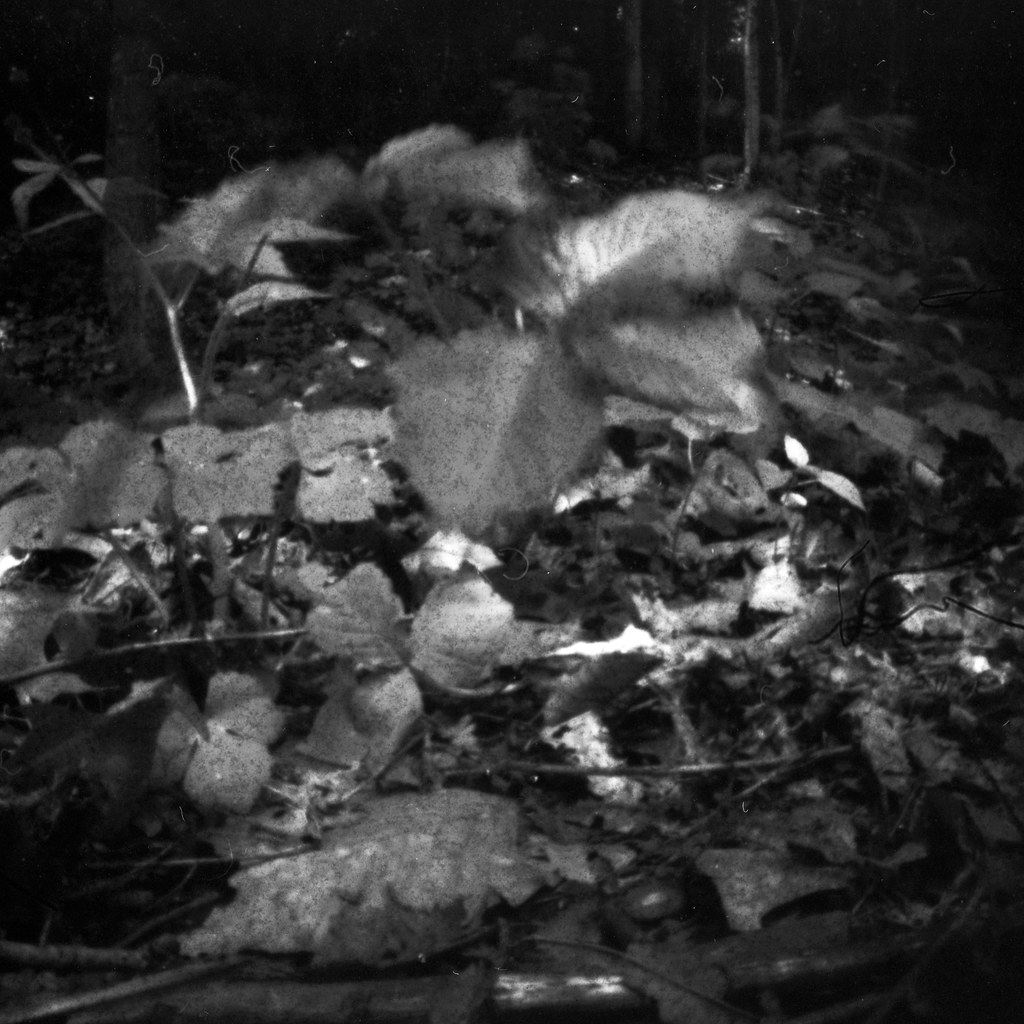
Lowdown
I’ll have to say; that if I ordered another camera from Goodman, I would pay to have it pre-assembled; getting the camera put together was a bit inconsistent, and it took me a couple of days to complete the work. Thankfully I didn’t break anything or lose the hardware. To those who buy the plans and print things yourself, I salute you, but if you do find it hard to source the actual assembly hardware and pinhole, you can purchase the hardware kit. If you’re looking to buy the camera yourself, you can head right over to the Goodman Store, the cameras cost around 90$ and take about three weeks for them to be printed and sent out, shipping is worldwide and uses DHL. Additionally, you can pay the extra 60$ to have the camera pre-assembled; other than the wood inlay, you can purchase a viewfinder that attaches to the top of the camera for 28$ to help with composition.
Further Reading
Don’t just take my word on the Scura 66, you can check out the reviews by other awesome camera reviewers!
Jess Hobbs – 5 Beginner Tips for Pinhole Photography
Goodman Blog – Five Tips and Tricks for Pinhole Photography

